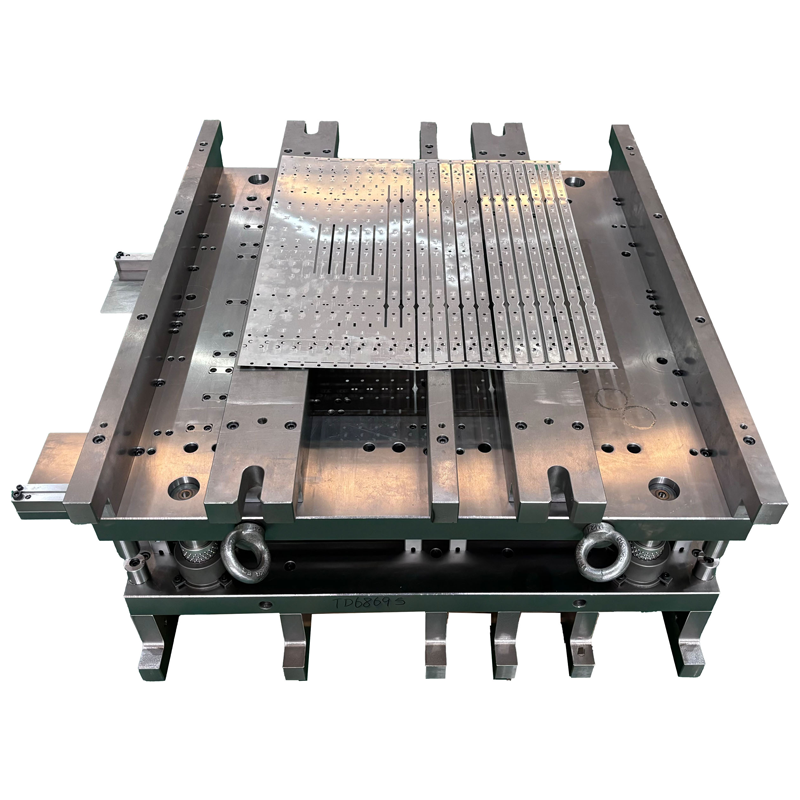In the realm of stamping mold design, incorporating deep drawing features, commonly referred to as drawing ribs, is essential for enhancing the manufacturing process. These features significantly influence the efficiency and quality of production. Below are several key benefits associated with deep drawing features:
Improved Friction Management
Deep drawing ribs play a critical role in managing friction between the material and the mold surface. By increasing the contact area, these ribs ensure that the material experiences adequate tensile stress during the drawing process. This heightened friction enhances the bending stiffness of the final part, thereby reducing potential issues such as concave surfaces, distortions, and undesirable wave patterns that can arise from the material’s inherent elasticity.
Optimized Material Flow
Strategically designed deep drawing features facilitate the management of material flow within the stamping process. By manipulating the fluidity and movement of the material, these features ensure uniform distribution throughout the mold. This careful flow management minimizes the likelihood of defects, such as wrinkles and cracks, ultimately contributing to a more consistent and high-quality product.
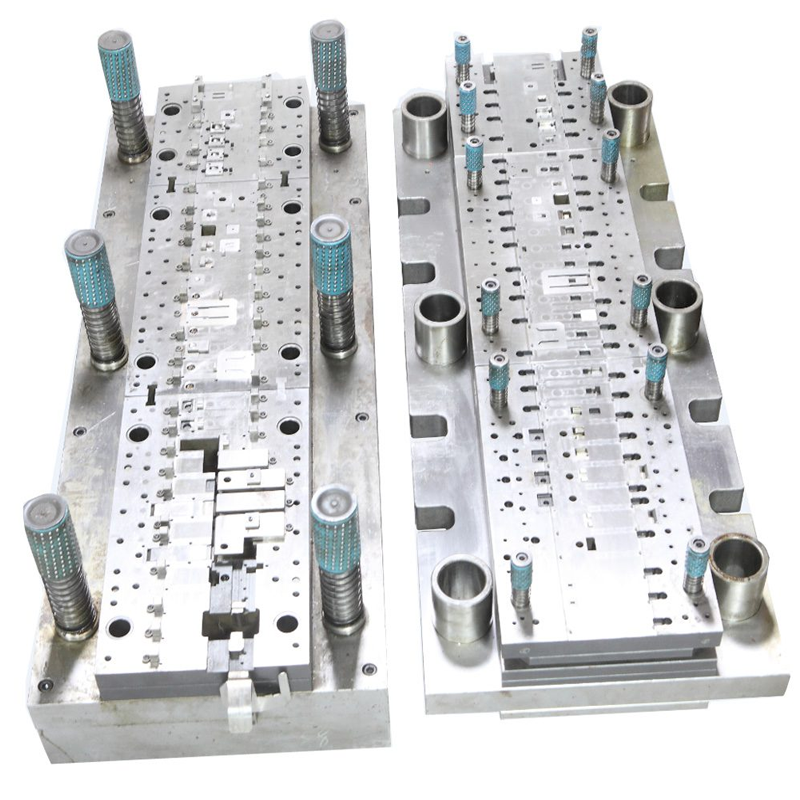
Precision in Hemming Force Adjustment
In operations that utilize double-action presses, determining the exact hemming force can be challenging, often relying on rough height adjustments of guide rails. The integration of drawing ribs allows for more precise control over the working pressure applied to specific sections of the stamped part. This precision in force application enhances the overall efficiency of the production process.
Enhanced Surface Quality
The inclusion of drawing ribs also contributes to improved surface quality of the stamped components. These features help reduce surface roughness, making the manufacturing of medium and large cover parts easier and more efficient. Furthermore, the additional space created by the ribs helps mitigate wear on the mold, extending its service life and reducing maintenance costs over time.
Correction of Material Uniformity
One of the significant advantages of deep drawing ribs is their ability to address material inconsistencies during the stamping process. By redistributing material effectively, these features help alleviate issues related to uneven distribution, thus reducing the risk of defects associated with variations in material thickness.

The Role of Craft Cuts in Large and Medium Covers
When producing large and medium-sized covers, the necessity for craft cuts becomes particularly evident, especially in deep-drawing applications. When significant bulges or protrusions are needed at the center of a cover, the material may encounter challenges in filling these areas, leading to potential damage or cracking. By introducing a process cut or hole within the deformation zone, manufacturers can facilitate better material flow, preventing cracks and ensuring a more uniform product.
Techniques in the Cold Stamping Process
The cold stamping process employs specific techniques for effectively executing craft cuts:
- Blanks with Craft Cuts: During the blanking phase, integrating craft cuts allows for the effective formation of both deep and shallow areas.
- Process Cuts in Deep Drawing: Often, the process cut is executed during the deep drawing stage. Utilizing the material’s plastic deformation characteristics, these cuts maximize the final product’s depth while ensuring that the material remains partially connected for efficient waste removal in subsequent stamping operations.
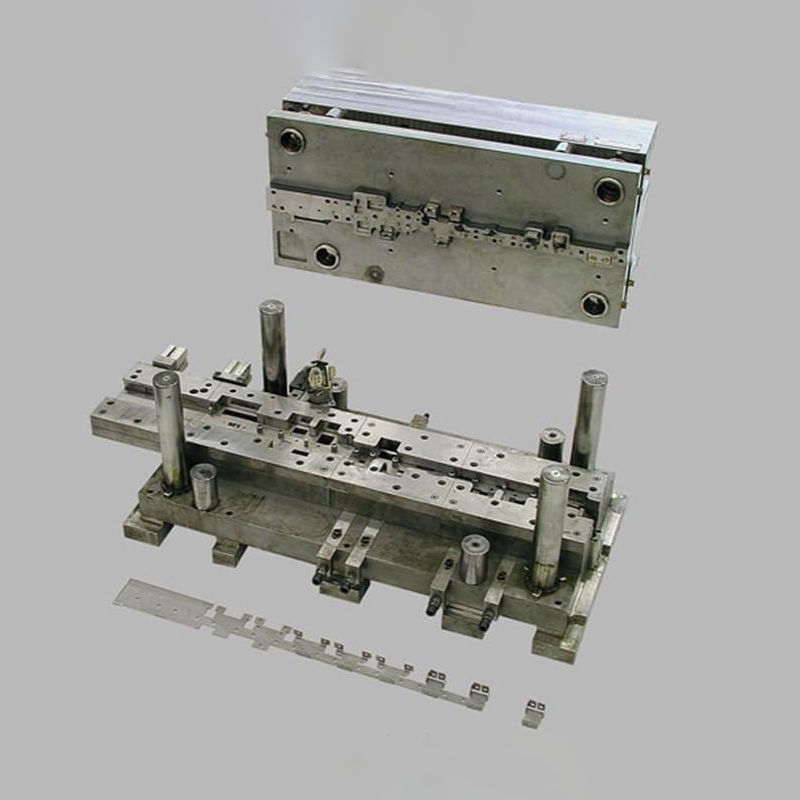
Standards for Craft Cut Layout
The design and implementation of craft cuts are guided by several standards to optimize performance:
- Alignment with Protruding Contours: Craft cuts should align with the contours of protruding areas to facilitate smooth material flow.
- Adequate Dipping Edge: A sufficiently designed dipping edge within the cut area is essential for securing the material and ensuring high-quality molding.
- Proximity to Raised Areas: The openings of the craft cuts should be strategically positioned near the edges of raised sections to minimize the risk of splitting.
- Even Distribution of Cuts: The number and placement of cuts should ensure uniform deformation across all raised areas to avoid the development of unwanted patterns or cracks.
The Necessity of High-Precision Progressive Dies
For manufacturers producing high volumes of stamping parts, particularly those that are thin and require high precision, multi-station progressive dies are indispensable. LSRmold specializes in producing these dies, offering solutions that meet the rigorous demands of modern manufacturing processes.
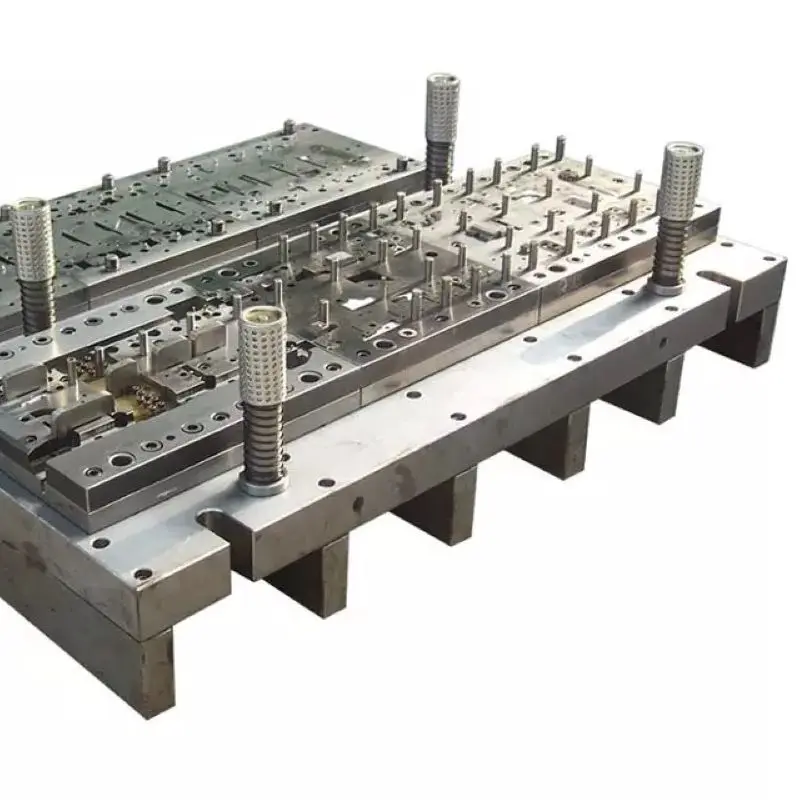
Specifications for Wearing Parts in High-Precision Molds
High-precision molds are intricate and require strict adherence to maintenance protocols. To extend the longevity of these molds, it is crucial to incorporate easily replaceable parts that maintain tolerances. LSRmold ensures that our molds feature interchangeable components, allowing for swift and reliable maintenance, thus minimizing downtime.
The Importance of Layout Design in High-Precision Progressive Dies
An effective layout design is critical for optimizing the efficiency of progressive dies. A thoughtfully planned layout maximizes material usage, enhances production precision, and prolongs the lifespan of the mold. LSRmold excels in creating comprehensive layout designs that account for the dynamics of stamping processes, ensuring smooth operation and superior output.
Understanding Plasmid Vectors
In the context of progressive dies, plasmid carriers are crucial components responsible for transporting blanks to various stations throughout the cold stamping and forming processes. The connection points, known as edges and overlaps, must be meticulously engineered to ensure stability and precision throughout the production cycle.
Mold Base Requirements for High-Precision Progressive Molds
High-precision progressive dies require a robust mold base, typically constructed from alloy structural steel. LSRmold adheres to strict specifications, ensuring that mold bases possess high compressive strength and rigidity, often exceeding standard thickness requirements.
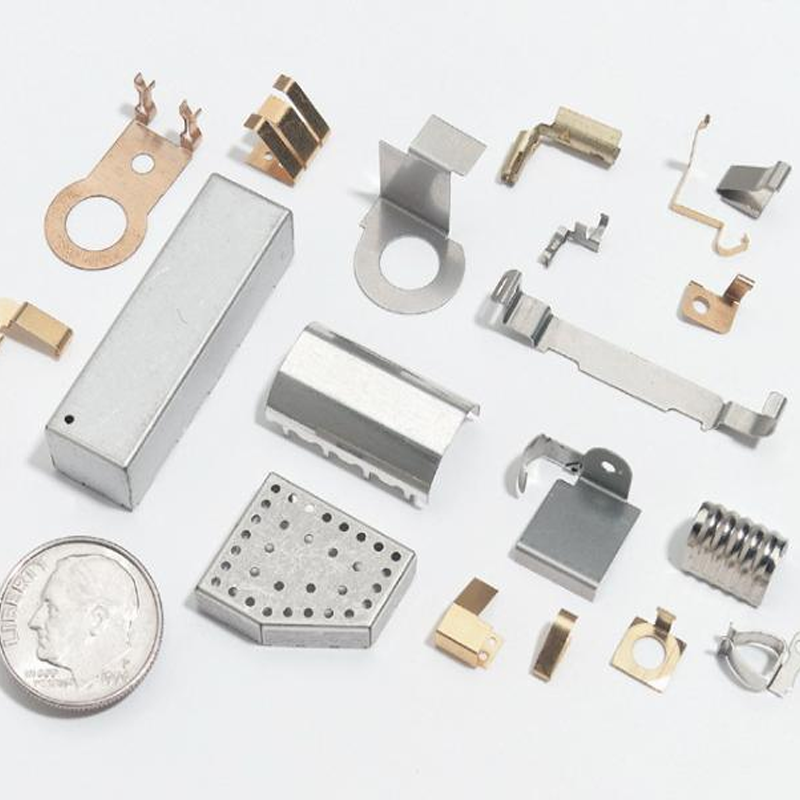
Common Cavity Structures
Integrated cavity structures are frequently employed in stamping molds. Standard concave stencils are typically used for block-type designs, while high-precision molds often feature specialized cavity arrangements. LSRmold’s expertise in creating custom cavity structures ensures that your stamping needs are met with unparalleled precision and quality.
Conclusion
At LSRmold, we are dedicated to delivering innovative and high-quality solutions tailored to your stamping mold requirements. Our extensive experience and advanced technology position us as leaders in the field, enabling us to meet the demanding standards of various industries, including the electrical sector and beyond. Contact us today to discover how we can assist you with our comprehensive metal stamping services, ensuring your projects are executed with the utmost precision and efficiency.

